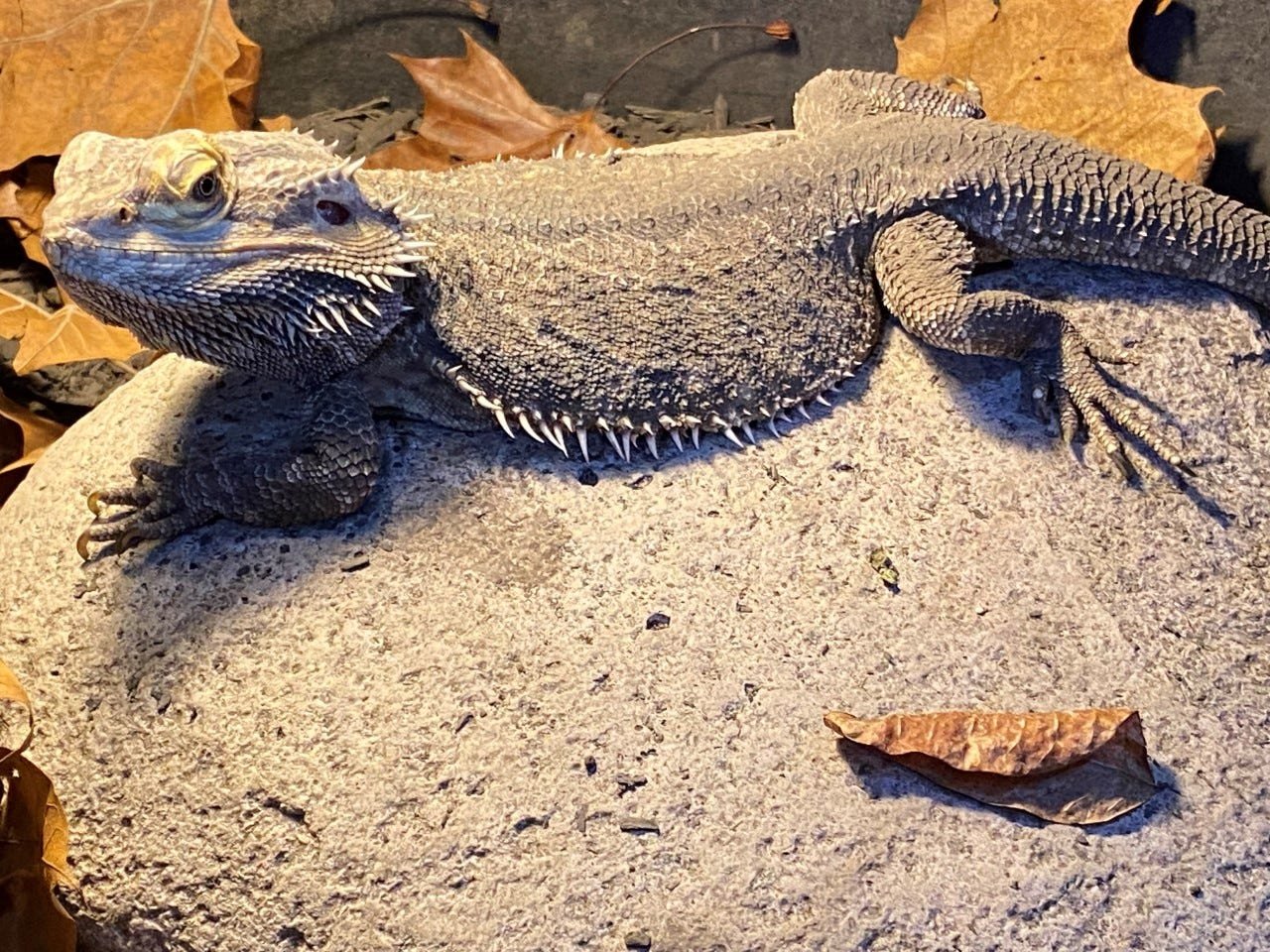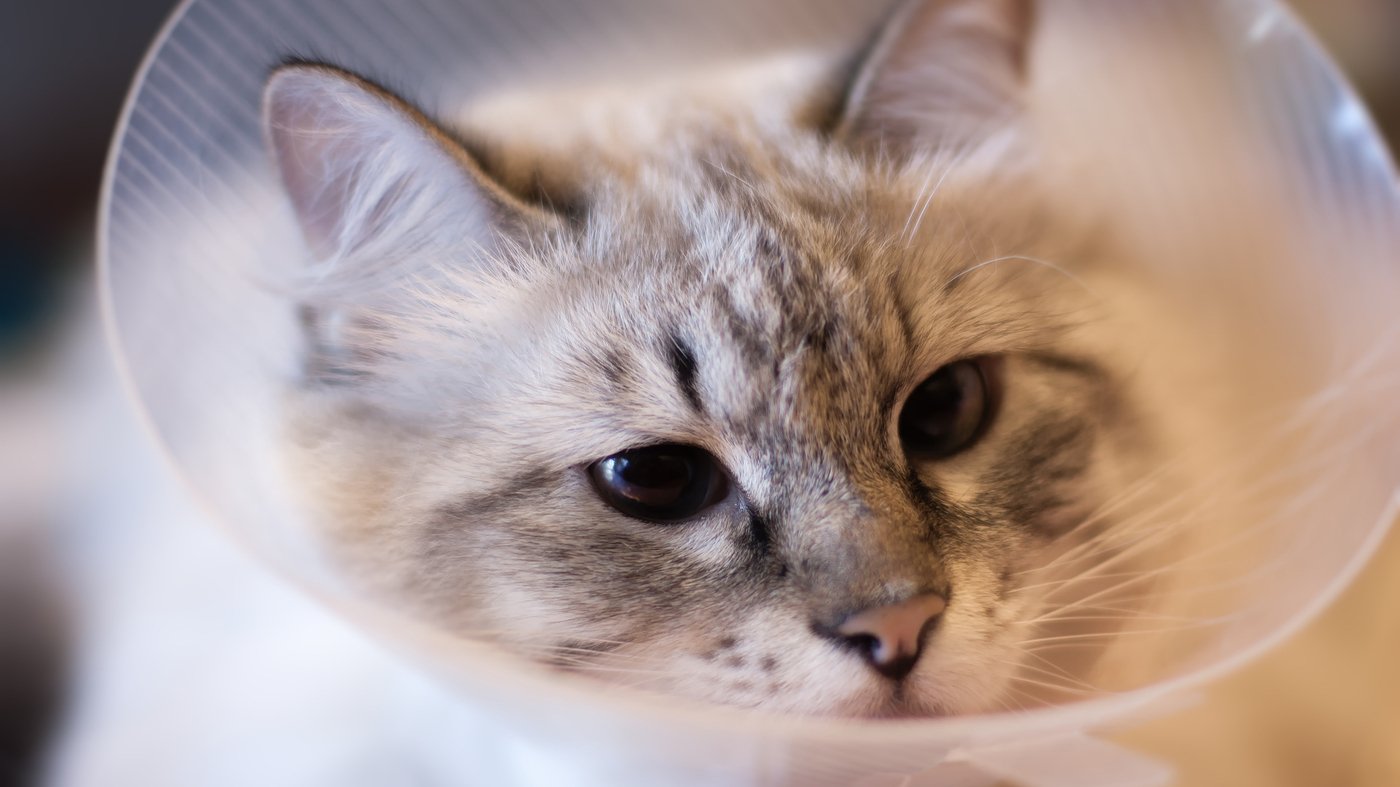Whit Gibbons
The Tuscaloosa Information
Q. I’m making ready a presentation in regards to the unique pet commerce for my AP class in Douglas, Georgia. Please reply the next questions:
Q. What’s the historical past of the unique pet commerce?
A. The subject is an intriguing one which requires some clarification. If by “unique” you imply the animal originated in a geographic area completely different from the place it lives, then the “pet commerce” goes again to not less than 250 B.C., when Roman gladiators fought wild animals introduced from Africa and Asia. Somebody needed to take care of the elephants, lions and giraffes, so in a free sense they have been pets. Smaller animals have been most likely dropped at Rome and stored by people. If you happen to outline “unique” as which means uncommon and thrilling, the historical past of conserving wild animals for pets clearly originated many millennia in the past, for the reason that earliest canines, cats and livestock have been wild earlier than they have been domesticated. Home cats nonetheless appear a bit unique.
Q. Is the unique pet commerce useful or dangerous to the financial system?
A. Funds related to the unique pet commerce worldwide are staggering, some estimates being as excessive as $40 billion per 12 months, which economists would little doubt view as useful. Nonetheless, extracting animals from their pure habitats and subjecting them to poor vitamin, overcrowding throughout transport, prolonged captivity and different hardships is certainly dangerous to the would-be pets. Plus, an estimated one-third or extra of the unique pet commerce is categorically unlawful, and even some authorized conditions are usually not in one of the best curiosity of the wildlife species affected.
Q. Is it moral to personal unique animals as pets?
A. When the unique pet commerce entails removing of untamed animals from their habitats for industrial gross sales it needs to be banned for ecological causes, if no different. Some species, resembling turtles, take a few years to succeed in maturity. Eradicating mature females jeopardizes juvenile replacements to the inhabitants. Breeding unique animals in captivity and promoting them as pets is neither morally nor ethically fallacious in my estimation, so long as the pet proprietor is aware of learn how to correctly take care of the animal. Nonetheless, opinions concerning possession of unique pets vary from the competition that people are superior to different animals and have dominion over them to the assertion that different animals have the identical rights as people.
Extra:Lizards have an array of surprising traits | ECOVIEWS
Q. Are most unique pets captive bred or wild caught?
A. I’m undecided any dependable statistical knowledge can be found to doc what quantity of unique pets getting into the pet commerce are literally captive bred. The numbers would fluctuate dramatically relying on the kind of animal.
Q. What are your considerations about common residents proudly owning unique pets and about releasing them into the wild?
A. As a result of most individuals who buy an unique pet have little thought of learn how to take care of it or what to do with it after they get bored with conserving it, hundreds of thousands of animals decline in well being and die in captivity every year. Others are launched into environments the place they can not survive. Those who do survive after being launched within the wild by their house owners can turn into unwelcome invasive species or transmit ailments to native wildlife within the space. Correct coaching about animal husbandry is one of the best answer. Implementing such applications domestically and getting industrial sellers to take accountability for guaranteeing that potential unique pet house owners are educated on the correct care and feeding of their pet could be ideally suited.
Q. How can the federal government and scientists enhance illness testing for exported or imported unique animals?
A. The USA already has legal guidelines to handle pet-transmitted ailments. For instance, it’s unlawful to promote turtles beneath 4 inches lengthy due to the chance of salmonella. Nonetheless, enforcement of such laws is as vital because the laws itself and, sadly, is usually nonexistent. The issue for scientists educated to do testing for ailments is that funding offered by the federal government or the pet commerce to assist personnel and provides is woefully insufficient.
Whit Gibbons is professor of zoology and senior biologist on the College of Georgia’s Savannah River Ecology Laboratory. If in case you have an environmental query or remark, e mail ecoviews@gmail.com.



